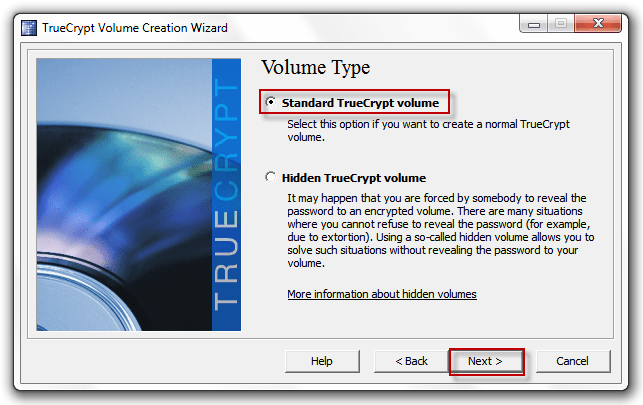
Now, more than ever, we carry more digital information on thumb drives and, in many cases, this information is sensitive and, in the wrong hands, could be used in ways we’d like to avoid. In this guide, I’ll show you how to encrypt your USB drive so that only you can access your data.
This guide covers the following steps:
- Install TrueCrypt.
- Use TrueCrypt to encrypt your thumb drive.
- Access your encrypted data.
Install TrueCrypt
TrueCrypt can be used as a portable app, which is useful if you want to carry TrueCrypt around with you on the same drive with an encrypted container. I find using the containers isn’t the easiest solution so, in this guide, we’re going to install TrueCrypt on your PC and then use it to encrypt your whole thumb drive.
- Download TrueCrypt and double click the installer to install it to your PC.
- When asked, select Install to install the program files on your local machine.

Use TrueCrypt to Encrypt Your Thumb Drive
Once installed, you should insert your thumb drive into your PC and backup and data on the drive.
1. Open TrueCrypt and click a Create Volume.

2. Select Encrypt a non-system partition/drive and click Next.

3. Select Standard TrueCrypt volume and click Next.

4. Click Select Device…, click your thumb drive, click OK, and click Next.

5. Click Create encrypted volume and format it and click Next.

6. Select your encryption and hashing algorithms and click Next. I used the default options (I’m no encryption expert.) If you’d like to find out more about encryption and hashing algorithms, follow the links below:
- More information on Encryption Algorithms
- More information on Hash Algorithms

7. Click Next.

8. Set a password and click Next.

9. If your thumb drive is less than 4GB select FAT, if it’s over 4GB, select NTFS (the FAT file system doesn’t support files >4GB.) Click Format.

10. Make sure your files are backed up and click Yes.

11. Sit back and wait for your drive to be encrypted. This may take some time if you are on a slower PC and are formatting a drive that is large.

12. Once the encryption is complete, click OK.

Access Your Encrypted Data
Please note: Each time you insert your drive, Windows will ask you to format it–do not do this (Click Cancel.)

1. Insert your encrypted thumb drive, open TrueCrypt and select a drive letter. This drive letter will be used to access your data. Click Select Device.

2. Click your thumb drive and click OK.

3. Click Mount.

4. Type the password you set for the drive and click OK.

5. The drive will show up in the drives list.

6. Open Computer (Winkey+E) and double click the drive letter you just mounted.

Once you’ve finished with your data, go to TrueCrypt and click Dismount.

Download TrueCrypt
Download TrueCrypt |
About Rich
Rich is the owner and creator of Windows Guides; he spends his time breaking things on his PC so he can write how-to guides to fix them.
- Web
- |
- |
- |
- |
- Google+
- |
- More Posts (1019)
Hey!
I’m using prog ProteMac Logon Key. It creates a usb key from a usual usb. It can be an addition for encryoting usb drive.
Good soft. Maybe my comment will be helprul for someone!)
Can you encrypt a backup hard drive using this software?
Yes, an entire (including external) drive may be encrypted with TrueCrypt.
Rich, thank you for this sound advice. I’ve been using this software on and off but found it a bit messy. However, your step through instructions will be a great help.